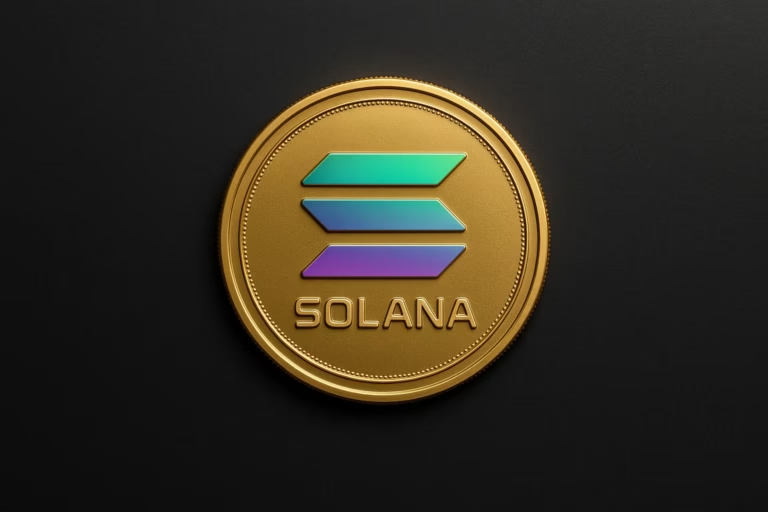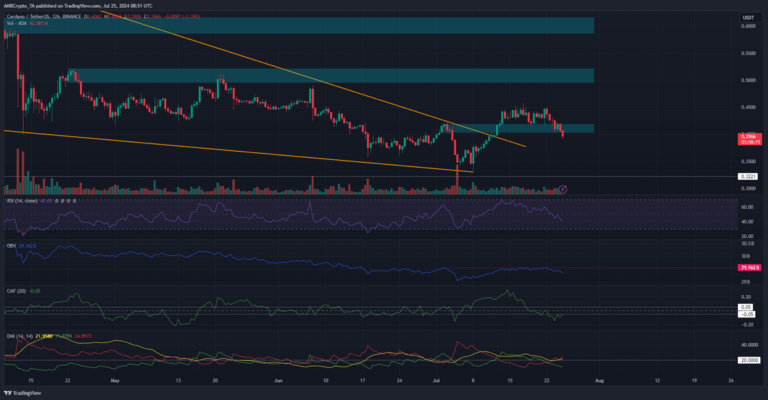
- Cryptocurrencies like XRP are transforming global finance by promoting decentralized systems that enhance financial inclusion, particularly in underserved regions, while also addressing sustainability concerns through energy-efficient protocols.
- Despite challenges like regulatory uncertainty and security risks, the integration of digital currencies with traditional systems and central banks promises a greener, more inclusive financial future.
Cryptocurrencies have evolved from niche digital assets to a transformative force in global finance. As XRP gains attention for its innovative approach and sustainability, the potential of cryptocurrencies to reshape economies is clearer than ever. Here’s how XRP and other digital currencies are paving the way for a decentralized and eco-friendly financial future.
Breaking Free: Decentralized Finance and Economic Inclusivity
Cryptocurrencies like XRP are revolutionizing the financial sector by challenging traditional banking norms. At the heart of this shift is Decentralized Finance (DeFi), a system that eliminates intermediaries, reduces costs, and promotes transparency. For underserved regions, this transformation offers unprecedented opportunities for financial inclusion, enabling individuals to access banking and investment tools previously out of reach.
With lower transaction fees and borderless transactions, DeFi platforms are becoming a lifeline for millions seeking economic empowerment.
Going Green: XRP Leads the Sustainability Charge
One of the most significant criticisms of cryptocurrencies has been their environmental impact. Traditional mining methods, such as Bitcoin’s energy-intensive proof-of-work mechanism, have been associated with high carbon footprints. However, XRP has emerged as a leader in eco-friendly crypto solutions, employing a less energy-intensive consensus protocol.
This commitment to sustainability not only addresses environmental concerns but also positions XRP as a forward-thinking player in a world increasingly focused on climate action. As regulatory pressures and consumer awareness grow, eco-friendly practices may become a defining factor for success in the crypto industry.
Bridging the Gap: Cryptocurrencies and Central Banks
The future of finance may lie in the integration of cryptocurrencies with Central Bank Digital Currencies (CBDCs). As governments explore the adoption of digital currencies, the lines between traditional finance and blockchain technology are beginning to blur. This convergence could lead to enhanced transaction speeds, transparency, and updated monetary policies that incorporate digital assets.
Challenges Ahead: Navigating a Complex Landscape
Despite their potential, cryptocurrencies face hurdles such as regulatory uncertainty, market volatility, and security concerns. Governments worldwide are working to establish robust frameworks that foster innovation while protecting investors. Overcoming these challenges is critical to unlocking the full potential of cryptocurrencies.
Looking Forward: A New Financial Era
As digital assets like XRP continue to gain traction, their impact on the global economy cannot be overstated. By fostering financial inclusion, driving sustainability, and integrating with traditional systems, cryptocurrencies are laying the foundation for a future where finance is more accessible, equitable, and green.






